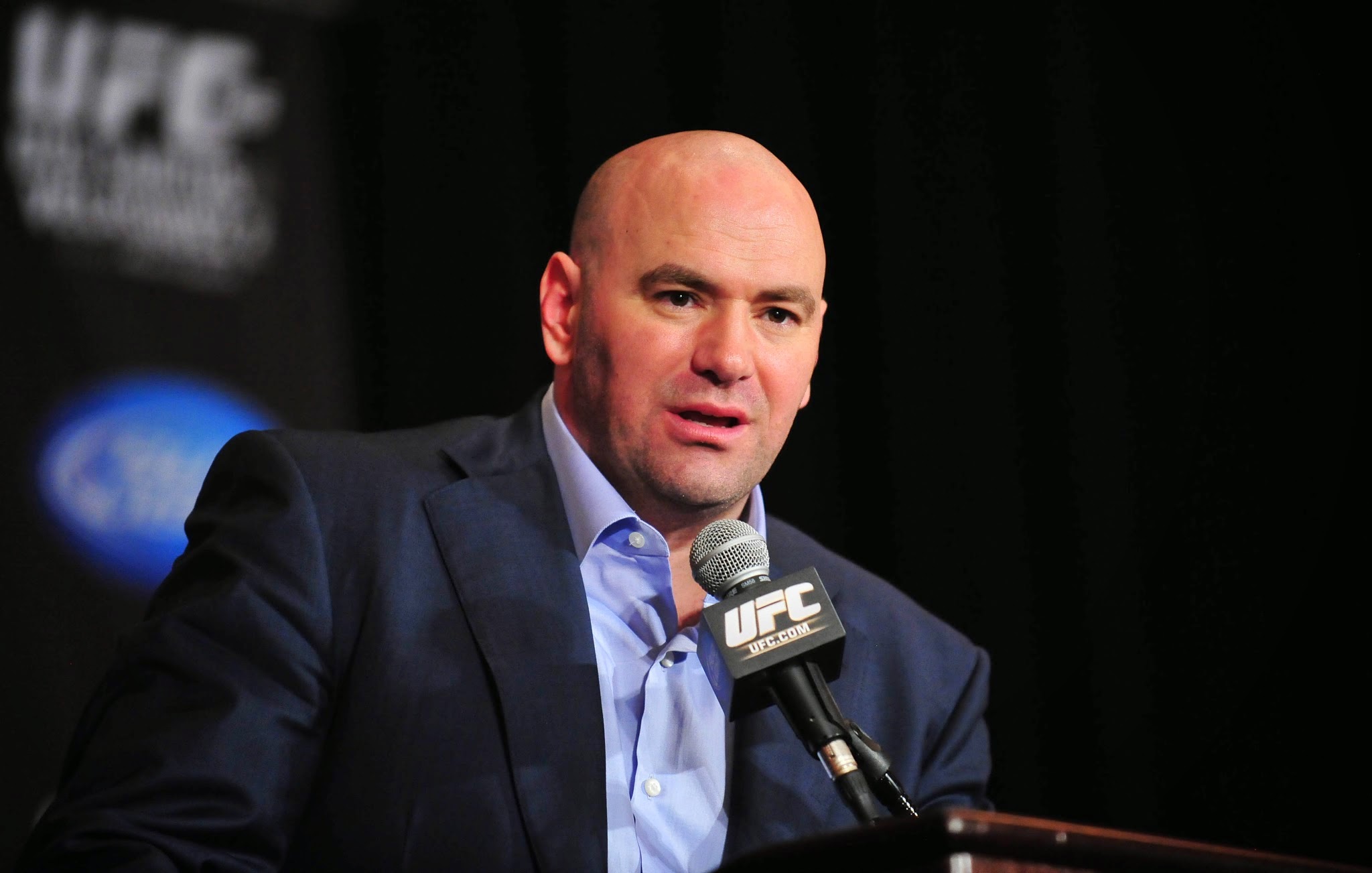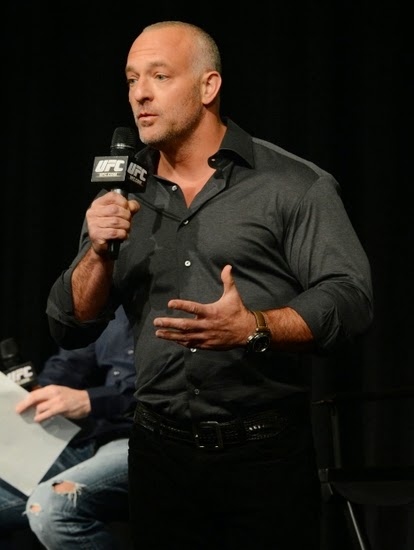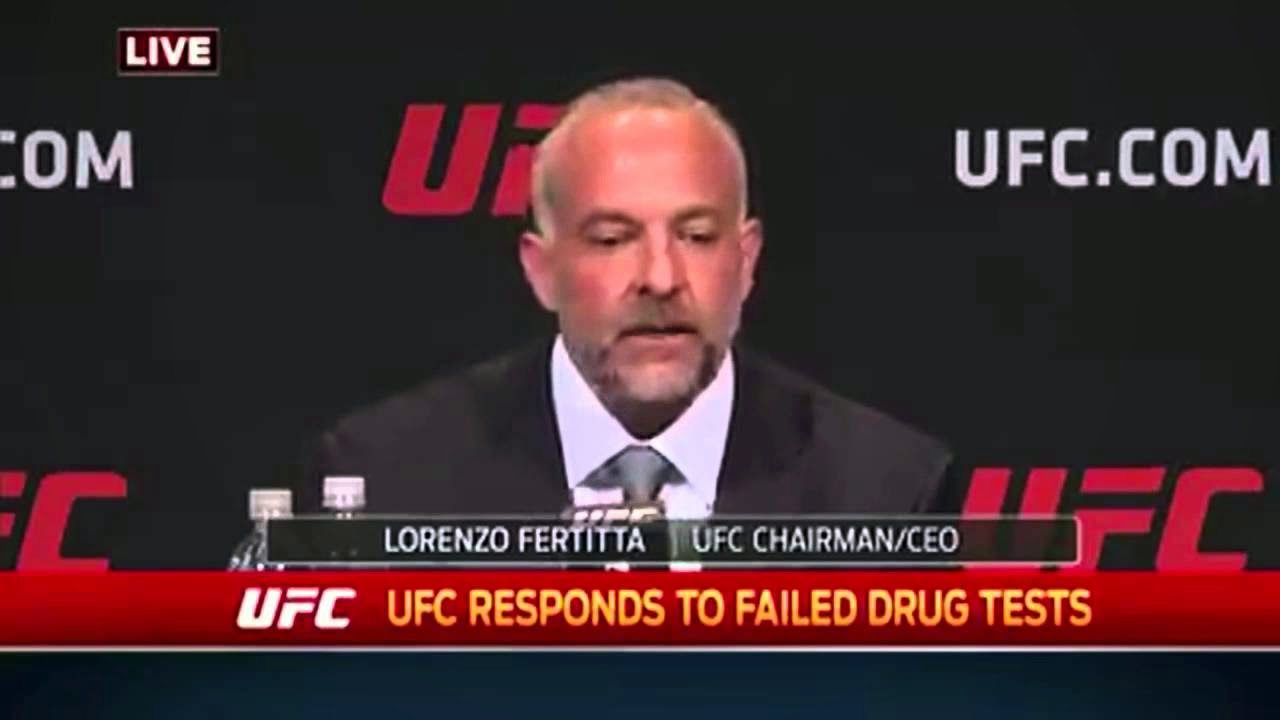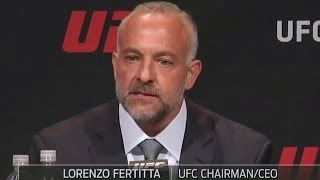Discussion around performance enhancing drugs has been all the rage within the world of mixed martial arts over the last few weeks. We’re only two months into 2015, and the Ultimate Fighting Championship has already found itself in the midst of multiple controversies involving big name fighters failing tests. And in the face of that controversy and criticism, the promotion felt that it had to make a move to show that it would not just stand by while fighters continued to break the rules. So on February 18, representatives from the organization took to the stage for a press conference which announced massive changes to the way the UFC will handle drug testing and fighters failing tests. This announcement was a very important step towards addressing the problems that performance enhancing drugs have caused for the promotion and the sport as a whole.
 First, as of July 1, 2015, all of the fighters on the roster will be subject to out of competition testing by a third party organization. This organization will use the testing standards that comport with the World Anti-Doping Agency (WADA). That third party company has not been revealed.
First, as of July 1, 2015, all of the fighters on the roster will be subject to out of competition testing by a third party organization. This organization will use the testing standards that comport with the World Anti-Doping Agency (WADA). That third party company has not been revealed.
The press conference also revealed that the promotion will work with state athletic commissions to institute harsher penalties for athletes that are found to be in violation of the rules. WADA currently recommends a two- to four-year ban for athletes found using PEDs, and that would be a major increase over current penalties.
These are major steps that the promotion has taken in an effort to address the missteps of its big name stars. This isn’t the first time that the UFC has had to deal with big names failing drug tests, but the company seems more committed than ever to get a handle on the problem now.
“We want 100 percent of the fighters tested the night they compete in competition,” UFC CEO Lorenzo Fertitta said during the press conference. “And if there’s additional costs associated with that outside any state of federation’s budget, we will pay for any additional cost required.”
That statement of cost is one of the more interesting aspects of these changes. The company leaders also stated that they are ready to provide “several million dollars” to assist with the costs associated with these changes in their testing procedures. According to a Sherdog report by Tristen Critchfield, the company spent $500,000 on testing in 2014, a year that ended with the company announcing that it was terminating its in-house out of competition testing program.
These steps go hand-in-hand with the UFC’s position as the biggest and most influential promotion in mixed martial arts. However, one must recognize the ramifications that this shift will have on the promotion and the sport as whole.
First, it will be interesting to see how this affects fighters at the top of the divisions. Ronda Rousey, the current women’s bantamweight champion, has gone on record praising the announcement:
“Well I’m extremely encouraged by what I’ve heard the announcement is,” Rousey stated during a UFC 184 conference call. “Now that they have started the random out-of-competition drug testing for everybody on the roster, as well as everybody that competes on every card, it is really starting to become comparable to the US Anti-Doping agencies.”
Still, one must wonder how the other fighters ranked amongst the best in their respective weight classes feel, knowing that they will be subject to penalties that are more severe than those lower down the cards. Former UFC Welterweight Champion Georges St-Pierre has stated that he refuses to return to the UFC until the company implements a stronger testing policy. As of July 1, that policy will finally be here.
Secondly, these changes will put pressure on the athletic commissions that currently govern combat sports. One of the main issues with the Anderson Silva, Jon Jones, and Hector Lombard failed tests is that the tests were administered multiple weeks before those fighters were to step into the cage, and even though the commissions had these failed test results in their possession, their processes allowed these fighters to fight before information regarding their failed tests was provided to the promotion. With out of competition testing, UFC officials will now be able to remove fighters from fights on their own, rather than having to wait for the specific commissions to provide them with more information.
However, that does raise a line of questioning: Is the UFC prepared to remove star fighters from these big events?
According to the MMA Payout Blue Book, UFC 182 garnered 800,000 pay-per-view buys. That is one of the best-selling events of the past few years. Furthermore, that event kicked off 2015 with the kind of momentum the promotion needed to cause excitement for this year’s slate of events.
If the UFC had these standards in place, would it have really pulled Jones from the fight? That fight cancellation would have caused massive ramifications beyond just that one event. Fertitta was prepared to answer that question during the press conference:
“If we lose main events, we lose main events. This company has been through a lot. We’ll get through that too.”
July is an important month for the UFC. The company is going to push out its Rebook uniforms that month, and now it will also roll out this wide-scale testing policy. Both are major steps for the organization as it asserts its role as the industry leader in the sport of MMA. Only time will tell which of these policies will have more of an impact on the shape the sport will take in the years to follow, and only time will tell whether that impact will be considered a positive one. But regardless of what happens, we’ll look back at the UFC’s announcement last Wednesday as a pivotal moment.








